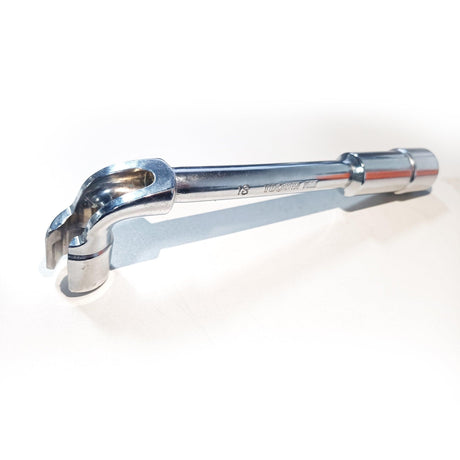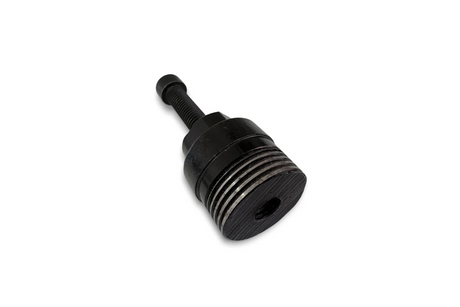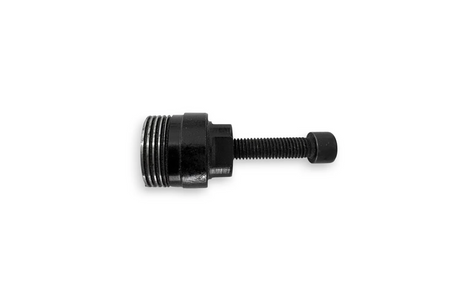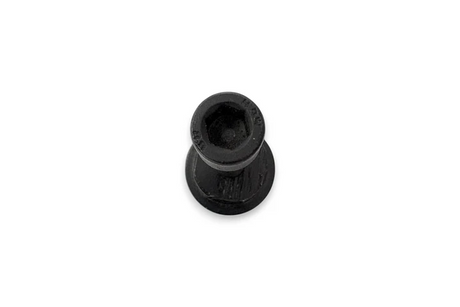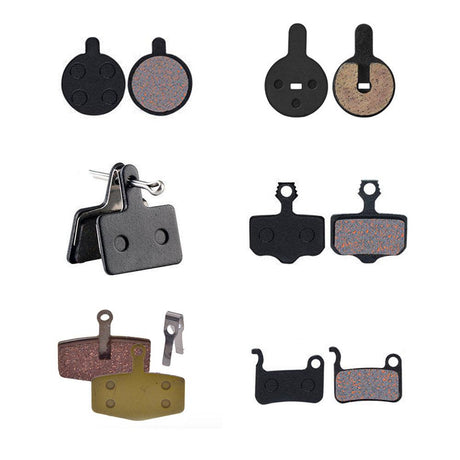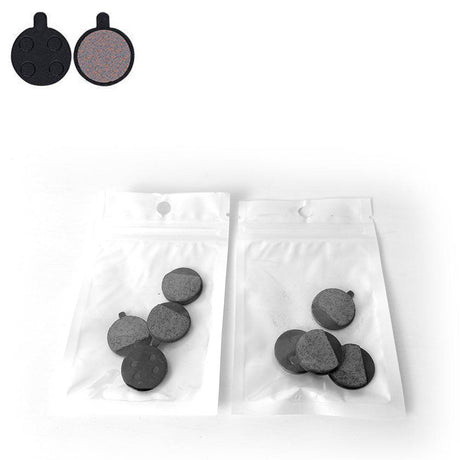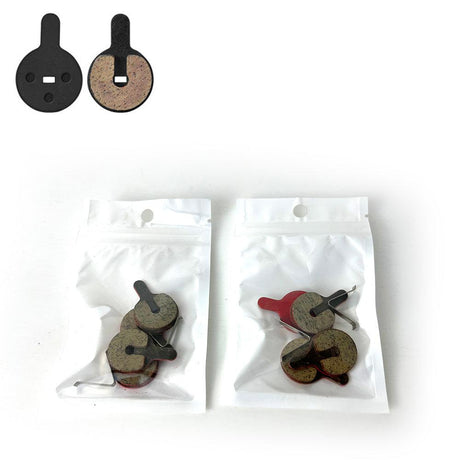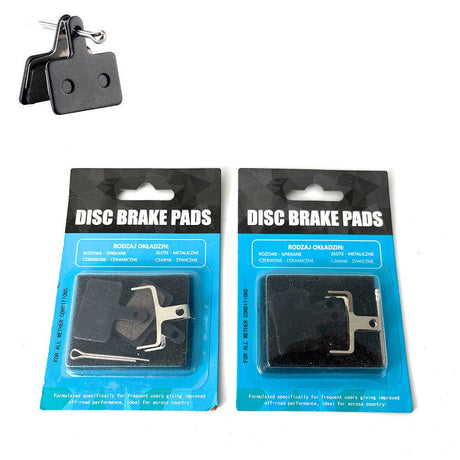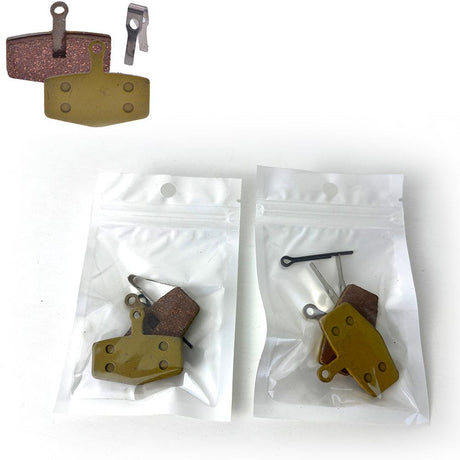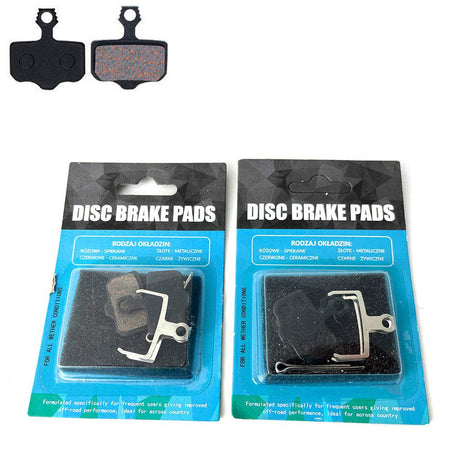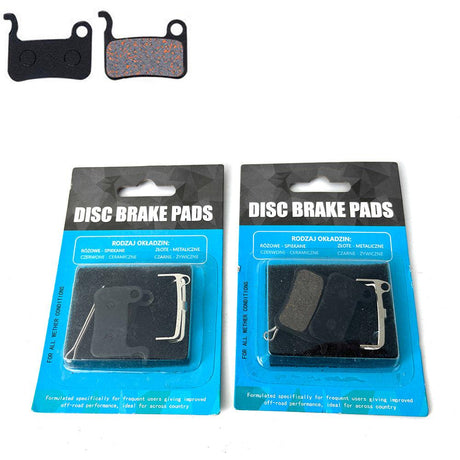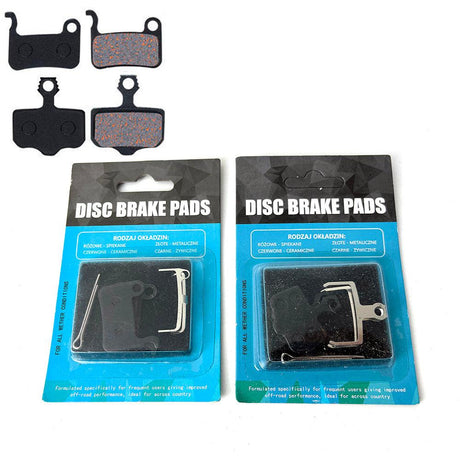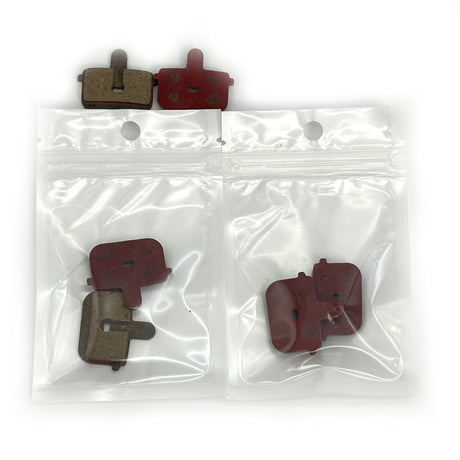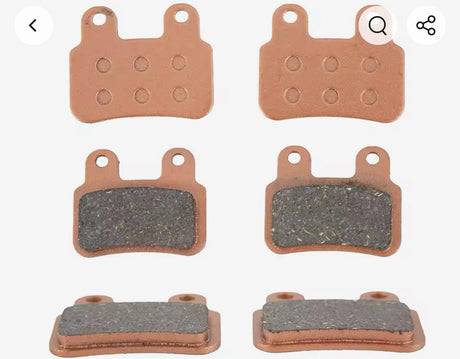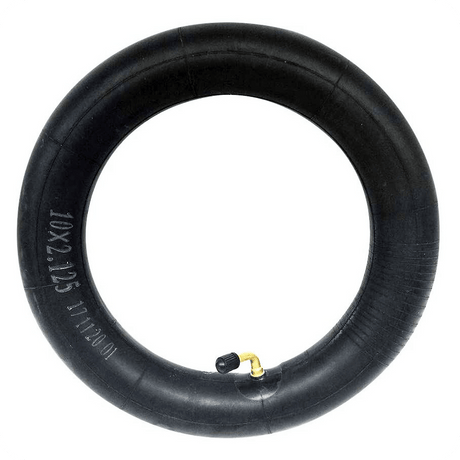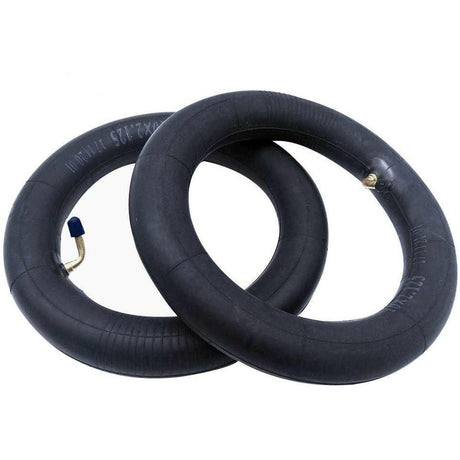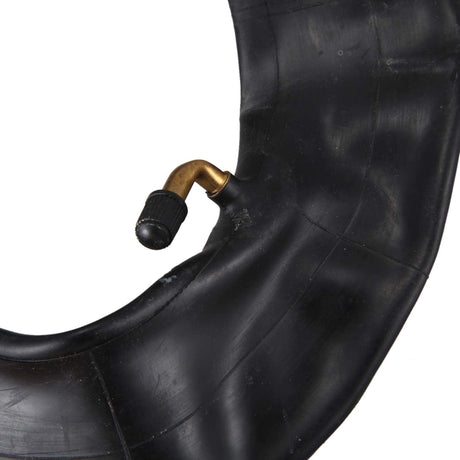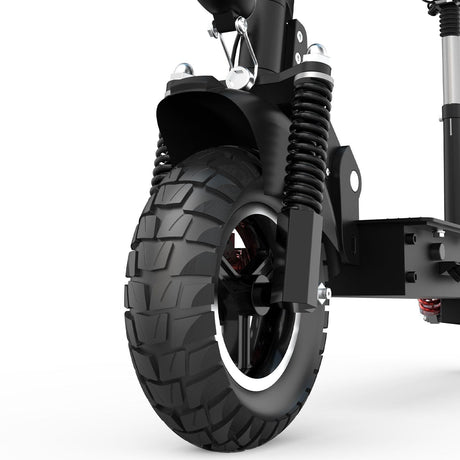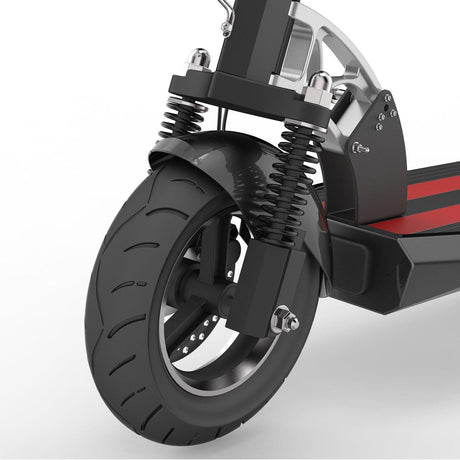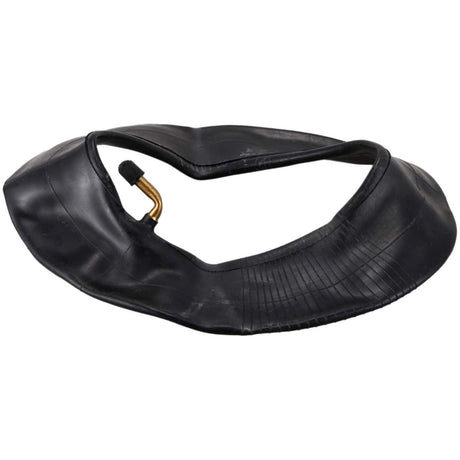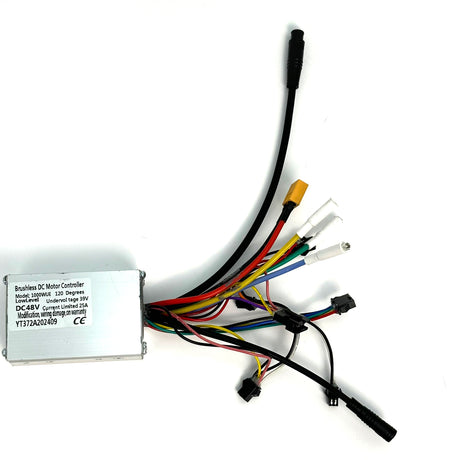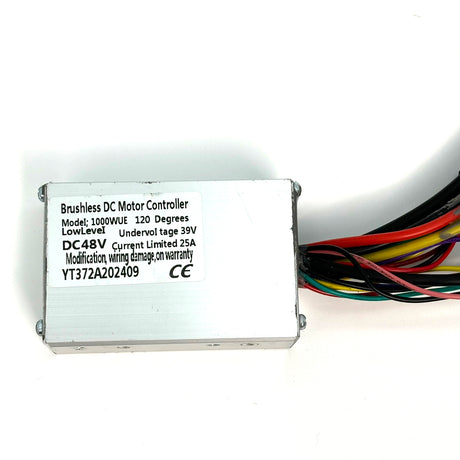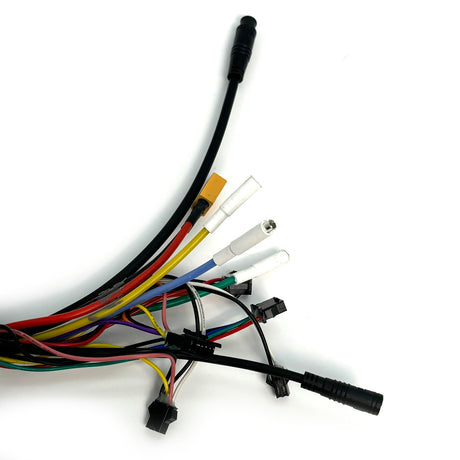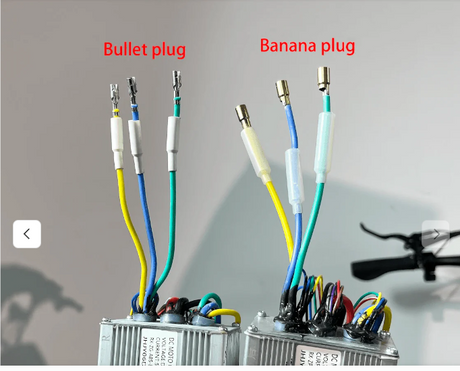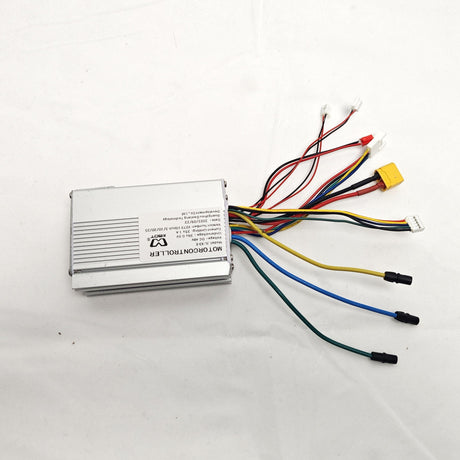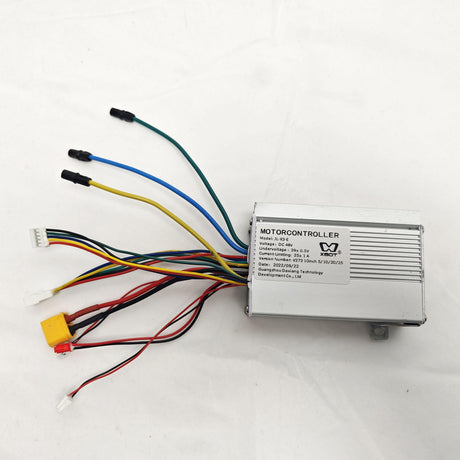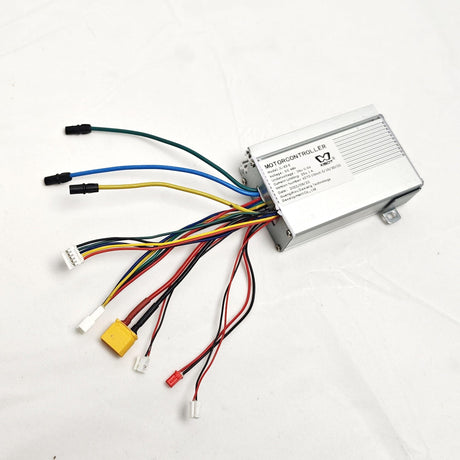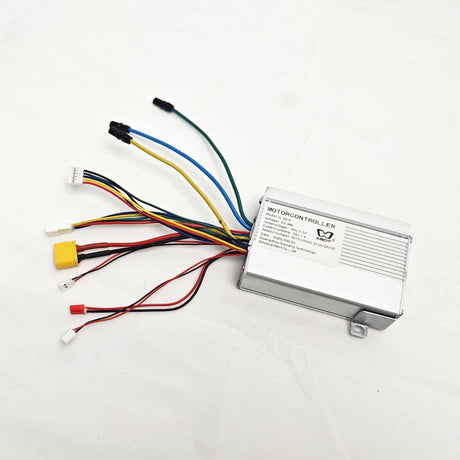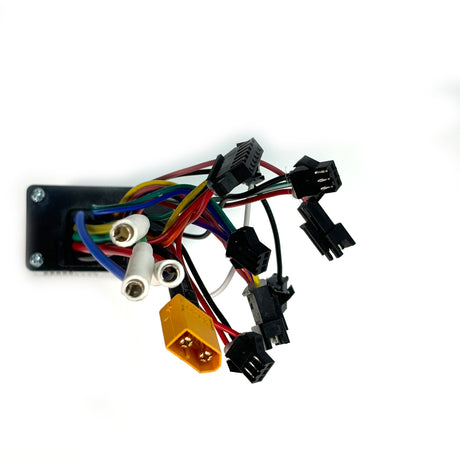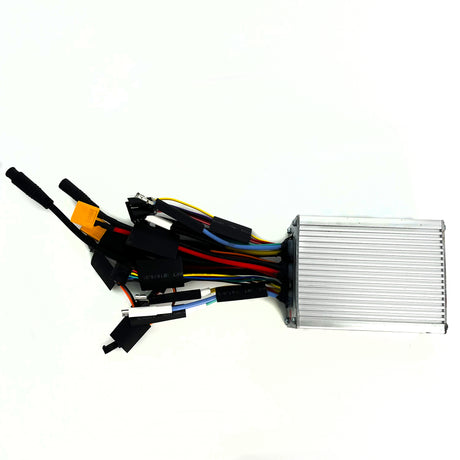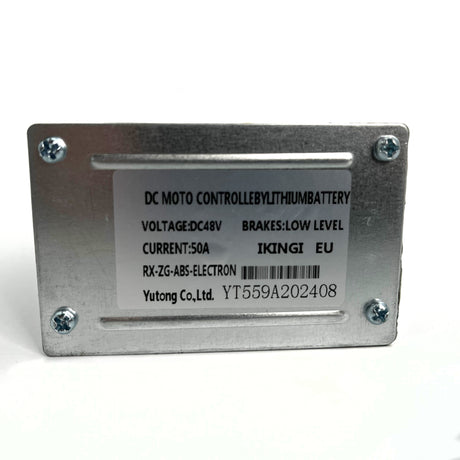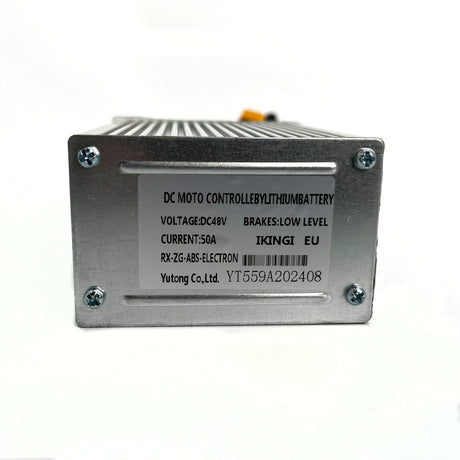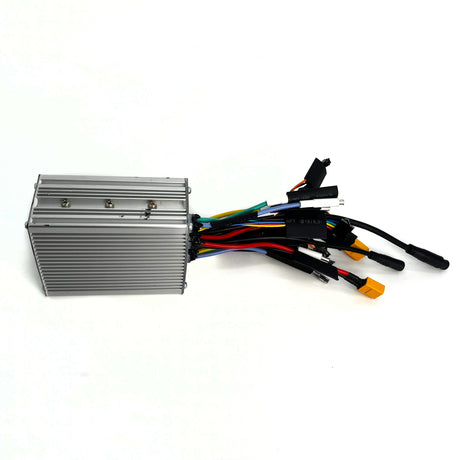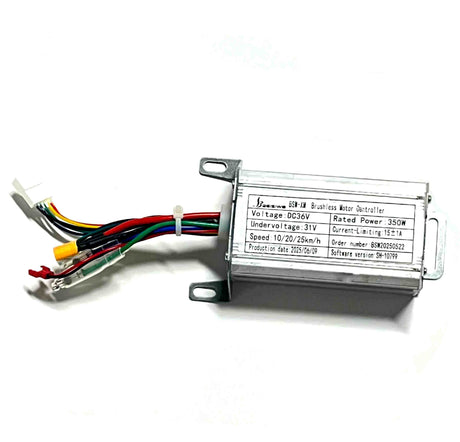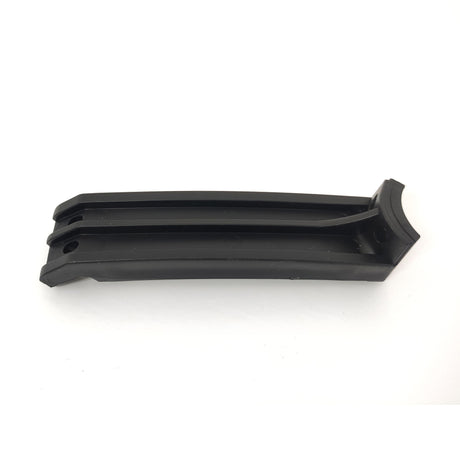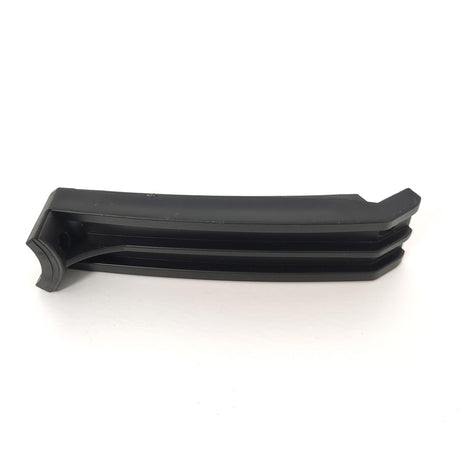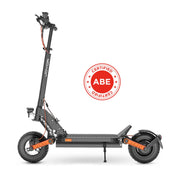How to Protect Your Adult Electric Scooter and Extend Its Lifespan
Whether you ride your electric scooter to work, for weekend fun, or for off-road adventures, your adult electric scooter is a convenient and environmentally friendly way to get around. Keeping your electric scooter in top condition not only ensures daily reliability but also maximizes its lifespan. Follow these expert tips to maintain your riding experience and enjoy smooth, efficient rides for years to come.

Regular Cleaning: Basic Scooter Maintenance
Regularly cleaning your scooter's exterior not only improves its appearance but also prevents premature wear and expensive repairs. Dirt, dust, and debris can penetrate components, causing friction, corrosion, and electrical failure over time. Infrequent cleaning can lead to dirt buildup, compromising your scooter's performance and safety.
Brake pads, tires, and inner tubes are consumable items and require replacement. You can request a free replacement within three months, but after that, you must purchase a replacement.
A mild soap solution and a damp microfiber cloth can remove most dirt. Focus on cleaning the frame, tires, handlebars, and digital display. Use a soft brush for hard-to-reach areas. Avoid using a high-pressure water jet, as water penetration can damage electronics, battery seals, and bearings.
• Clean after rainy days to remove dirt and road salt.
• Gently dry all surfaces, especially electrical contacts.
• Avoid using harsh chemicals that may damage plastic or painted areas.
After cleaning, fold the scooter and apply silicone lubricant to the folds to keep parts moving freely. Maintain regular cleaning—weekly for frequent riders and monthly for occasional users—to detect problems early.
Safe Storage: Preventing Damage and Performance Degradation
Where and how an electric scooter is stored can significantly affect its condition. Inclement weather, persistent humidity, or high temperatures can degrade components like the battery and shorten their lifespan.

Indoor vs. Outdoor Storage
For maximum protection, store your electric scooter indoors. A garage, utility room, or a dedicated area in your home can protect it from UV rays, extreme temperatures, and humidity. Avoid storing near radiators or in direct sunlight to prevent battery problems and plastic deformation.
If indoor storage is not possible, purchase a waterproof, UV-resistant cover. Securely lock the scooter in a sheltered area or under an overhang. Prolonged outdoor storage increases the risk of rust, battery degradation, and theft.

Battery Maintenance
Battery maintenance is crucial for adult electric scooters. If not in use for extended periods, keep the scooter's battery charge between 40% and 80%. Avoid leaving a fully depleted or charged battery unused, as this will shorten its useful life.
Temperature regulation is crucial. Batteries stored below freezing or above 95°F (about 35°C) may lose capacity, cause damage, or premature failure. Maintain a dry storage environment between 50°F (about 10°C) and 77°F (about 25°C).
Proactive Battery Maintenance: Maximizing Performance and Safety
As the heart of your electric scooter, the battery requires close attention. Proper care ensures range, power output, and a safe ride.
Charging Practices
• Only use the charger provided by the manufacturer. If not available, use at least one with equivalent voltage and current.
• Immediately unplug the power cord after the battery is fully charged. Before charging, connect the plug to the scooter first, then to an outlet.
• Avoid draining the battery to 0% before charging.
• After riding, allow the scooter to cool for 20 minutes before charging.
Continuously overcharging or deep discharging the scooter will damage the lithium battery and reduce its usable capacity. Maintaining a reasonable charge cycle will protect your electric scooter's most valuable asset.
Battery Inspection
Inspect the battery compartment every few weeks. Check for corrosion, swelling, leakage, or discoloration—all signs of battery failure. If any of these conditions are observed, discontinue use immediately and consult a certified technician.
For scooters with removable batteries, gently clean the terminals with a dry cloth. Never expose the battery pack to water or severe impact.
Tire Maintenance: Ensure Safety and Efficiency
The health of the tires directly affects the riding comfort, safety, and durability of your adult electric scooter. Improper tire maintenance can lead to blowouts, reduced traction, and reduced shock absorption.
Tire Inflation and Inspection
• Check the recommended tire pressure weekly (refer to the manufacturer's guidelines).
• Inflate tires when they are cold; never overinflate.
• Inspect tires for embedded debris, cracks, or excessive wear.
• Ensure valve caps are tight and intact.
Underinflated tires increase rolling resistance, reduce battery efficiency, and overload the motor, shortening the life of the battery and motor. Overinflation can cause blowouts or a rough ride.
Replacing Worn Tires
Replace tires immediately if the tread is worn or the sidewall begins to crack. Using high-quality, compatible replacement tires ensures safety and continued performance.
Some adult electric scooter models come with tubeless or solid tires. Tubeless tires are less prone to blowouts but require more frequent pressure checks; solid tires offer the convenience of flat-proof tires but come with a slightly bumpier ride.
Brake System Maintenance: Reliable Stopping Power
Effective Braking
This is crucial for commuting on an electric scooter and preventing electric scooter accidents. Regular maintenance of your scooter's brake system can extend the life of its mechanisms and surrounding components.
Scooter Brake Types
Adult electric scooters are generally categorized into the following types: electronic brake systems, disc brake systems, and hydraulic brake systems. These systems typically consist of a brake rotor, brake caliper, brake pads, brake lever, and brake cable. If the brake caliper is too tight, the brake rotor may wear, causing unusual noises during riding. Brake pads are consumables and need to be replaced regularly. It's best to purchase spares. If the braking system lacks braking force, press the brake lever. If the distance between the lever and the grip is too close, the brake caliper is too loose and needs to be adjusted and the brake cable tightened.

Maintenance Measures
• Regularly adjust the cable tension to maintain consistent braking force.
• Lubricate the moving brake lever.
• Replace the brake pads immediately if they show signs of severe wear, thinning, or sluggish response.
Ignoring braking not only compromises safety but also puts stress on the wheels, tires, and motor system during emergency stops.
Hardware Inspection and Fastener Tightening
The vibrations generated during riding can gradually loosen nuts, bolts, and fasteners. Regular inspection is crucial to prevent lost parts or mechanical failure.
• Check the tightness of the folding mechanism, steering column, axle, and handlebar clamp.
• Use the manufacturer's recommended torque settings.
• Avoid overtightening, as this can gall threads or damage sensitive components.
• Tighten fasteners in a cross-shaped pattern if necessary.
For most people, this process is easily accomplished with a simple multi-tool or torque wrench. If you hear any clicking or rattling, stop and inspect before resuming your ride.
Electrical System: Cables, Connectors, and Displays
Modern adult electric scooters rely on a complex electrical system—motor, controller, lighting, and digital display. Faulty wiring or connectors can cause power failure, lighting malfunction, or inaccurate speed readings.
Routine Inspections
• Inspect visible wiring for frayed wires, exposed metal, or melted insulation.
• Ensure all connectors are securely in place—especially after folding/unfolding.
• Use a microfiber cloth to clean the digital screen; avoid solvent-based cleaners.
• Test the horn, lights, and display for full functionality before each ride.
If in doubt, consult an authorized repair technician and never attempt complex electrical work yourself.
Avoid Overloading and Proper Use
Every adult electric scooter is designed with maximum load and grade specifications. Exceeding the rated load or frequently climbing steep inclines can stress the motor, battery, and frame, accelerating wear and increasing the risk of component failure.
• Check the payload and grade limits for your model.
• Distribute weight evenly, especially on the pedals.
• Avoid carrying passengers or heavy cargo unless your scooter is specifically designed for this purpose.
Improper use also includes aggressive riding, such as hopping curbs, sustained top speeds, or rapid acceleration beyond design limits. Moderate and cautious riding can protect the mechanical and electrical health of your scooter.
Weather and Environmental Considerations
While many adult electric scooters claim to be weather-resistant, prolonged exposure to water, slush, or salt can still cause corrosion and electrical problems. TODIMART electric scooters are generally rated around IP54 for water resistance, which means they can withstand rain, but not immersion.
Riding in Wet Conditions
• Reduce speed and avoid sudden braking; wet surfaces reduce traction.
• Thoroughly dry the scooter after riding in the rain.
• Check and lubricate movable joints after riding in the rain.
• Always keep the charging port covered and dry.
Be wary of puddles. Water ingress into the motor or controller is rarely covered by the warranty and can cause irreversible damage.

Handling Dust and Grit
Urban and off-road routes often expose scooters to abrasive dust. Dust can penetrate wheel hub bearings, hinged joints, and electrical housings.
• Wipe down after riding.
• Inspect and clean the wheels, brake components, and deck connections.
• Stay away from open windows or construction areas.
Adopting these habits can prevent abrasion caused by grit, which can silently damage vital components.
Regular Professional Maintenance: When to Contact an Expert
Even if you diligently maintain your scooter at home, regular professional inspections can enhance the long-term reliability of your adult electric scooter. A technician will check the scooter's alignment, bearing wear, perform in-depth electrical diagnostics, and more.
• Schedule a comprehensive inspection annually, or every two years if you use it frequently.
• Request brake bleeding, firmware updates, and bearing replacements as needed.
• Use only authorized service centers to maintain your warranty.
Technicians can identify issues that are hidden from the average owner, ensuring decades of safe and comfortable riding.
Upgrades and Accessories
From puncture-resistant tires to upgraded lighting systems, a variety of enhancements can enhance your scooter's practicality and resistance to daily wear and tear. However, ensure that any accessories, such as phone mounts, locks, or seats, are designed specifically for your adult electric scooter to avoid stress on your joints or electronic devices.
Only use batteries, chargers, and replacement parts approved by the scooter manufacturer to prevent compatibility and safety issues.
Environmentally Friendly Disposal and Replacement
When batteries, tires, or electronic components eventually need to be discarded, be sure to dispose of them responsibly.
• Send lithium-ion batteries to a certified recycler.
• Recycle old tires or consult local disposal regulations.
• Donate or sell usable parts to help others maintain their adult electric scooters.
Proper disposal prevents environmental pollution and frees up space for newer, more efficient components.
Conclusion
Ongoing care, proper storage, and meticulous maintenance will ensure your adult electric scooter remains reliable, safe, and enjoyable for years to come. Incorporating these best practices will maximize the life of your scooter—an investment in seamless, sustainable mobility. For model-specific guidance, consult your owner's manual or contact an authorized service expert.





